Description
ผลไม้ริมทางทั่วไปพบเห็นได้ทั่วทุกภาค ปลูกง่าย โตเร็ว ทนทาน จัดเป็นผลทีมีวิตามินซีและอีสูง ช่วยป้องกันการอุดตันของหลอดเลือด ลดความเสี่ยงโรคหัวใจ เส้นใยอาหารที่มีอยู่มากดีต่อระบบขับถ่าย ส่วนแคลเซียมและเหล็กช่วยป้องกันโรคกระดูกพรุนและโลหิตจาง
สรรพคุณทางยา
– เปลือก หมอพื้นบ้านใช้เปลือกมาต้มน้ำแล้วอมแก้ปากเปื่อย แผลในปาก แก้ปวดฟัน ดื่มแก้ท้องเสีย แก้ท้องร่วง แก้อาเจียน หรือใช้ล้างแผล เปลือกต้มกับน้ำรวมกับเปลือกข่อยและเกลือแกง แล้วนำมาอมแก้ปวดฟัน
– ราก แก้ท้องร่วง กระชับโลหิต และน้ำเหลือง
– เนื้อหรือผล ช่วยบำรุงผิวพรรณ เล็บ เส้นผม ช่วยซ่อมแซมเซลล์ร่างกาย ลดระดับคอเลสเตอรอล ปัองกันการอ่อนเพลียร่างกาย นอกจากนี้ยังใช้ฝักแก่จัดนำมาโขลกพอกหน้าได้อีกด้วย
– ดอกและใบอ่อน ใช้ทำยาย้อมผมหรือยาสระผม เป็นยาย้อมผ้า แห อวน
– เมล็ดแก่ นำมาคั่วกระเทาะเปลือก กินเป็นยาถ่ายพยาธิในท้องเด็ก
Vernacular names
Pithecellobium dulce in Swargate, Pune, India
The English names “Manila tamarind” and “Madras thorn” are both misleading since it is neither related to the tamarind nor native to Manila (though it was introduced early to the Philippines) or Madras. Other English names include blackbead, sweet Inga, and monkeypod.
Depending on the region of its occurrence, Pithecellobium dulce is known by different names. In its native Mexico, the tree is known as huamuche, guamuche, huamúchil, guamúchil, or cuamúchil, deriving from its Nahuatl name cuauhmochitl. The Nahuatl derivations are also preserved in its names in the Philippines, where it was first introduced into Asia via the Manila galleons. It is known as kamachile in Tagalog (from where the English name “camachile” is derived), kamunsil in Hiligaynon, and damortis or kamantiris (Ilokano).
In the wider region of Latin America, it is also called pinzán, or guamá americano (Puerto Rico). In Colombia it is known as chiminango and payandé. It is also known as ʻopiuma (Hawaiian).
In South Asia and the rest of Southeast Asia, it is known by many names, most of which literally translate to “foreign tamarind”. These include: makham thet in Thai; plaeh umpel tek in Khmer; kodukkappuli or kodikkai (Tamil); seema chintakaya in Telugu; dora hunase or seeme hunase in Kannada; bakhai ambli or goras ambli in Gujarati; vilayati chinch in Marathi; singri in Hindi(Hindi); seema Kaiyan in Odia; achhi gidamiri in Sindhi; and jilapi in Bengali. In Pakistan, it is also known as “jungle jalebi”, after the resemblance of its fruits to the jalebi.
Uses
As food
The seed pods contain a sweet and sour pulp which is eaten raw in Mexico, the Philippines, Pakistan, and India as an accompaniment to various meat dishes and used as a base for drinks with sugar and water (‘agua de guamúchil’).
The seeds are said to be eaten (locally?) in the ‘Revised handbook to the flora of Ceylon’ (1980), edited by M.D. Dassanayake (this information is not in the original ‘Flora of Ceylon’ of 1894). A number of studies since the 1980s have investigated the composition and possible uses of the seeds; it has been demonstrated that the seeds can be processed to extract a greenish oil, which when refined and analysed consists of potentially edible fatty acids (the precise composition varies depending on the study, but all agree oleic acid and palmitic acid are common, which is to be expected). Oils amount to 10-17% of the weight of the seeds. The seeds also contain 30-37.5-67.11%protein, which researchers suggest might in the future be used as animal feed.
As traditional medicine
The bark is used as an astringent for dysentery in India,
It is said to have been used as an antipyretic in India (information originally from 1933), used for eye inflammation, although an anecdote from Sri Lanka claims the bark contains a substance that causes eye infections and swelling of the eyelids.
The Huastec people of northern Veracruz and San Luis Potosí in Mexico used different parts of the tree to treat gum ailments, toothache and cancer.
The leaves are said to be used in a poultice with alcohol to treat bile, as well as being used to prevent abortions/miscarriage,although the leaves are also said to be used to cause abortions.
The pulp from the fruits is said to be astringent and hemostatic, and used for hemoptysis.
The ground seed is sometimes traditionally used to clean ulcers.
Non-specified parts of the plant are said to be used extract is also used against hemorrhages, chronic diarrhea, and tuberculosis.

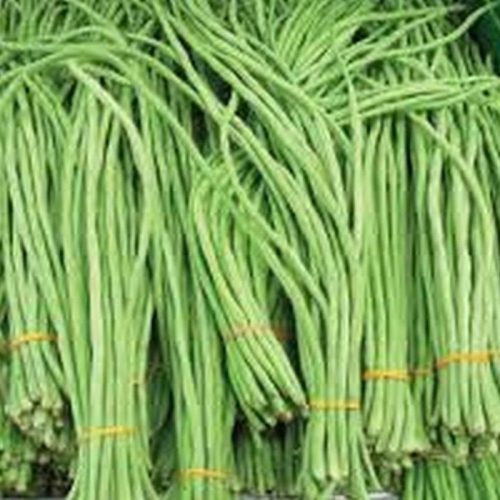

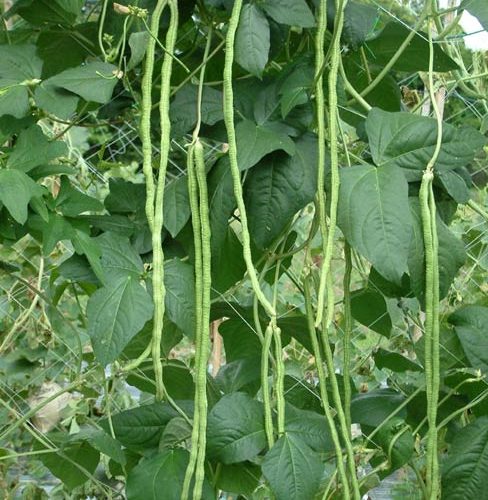
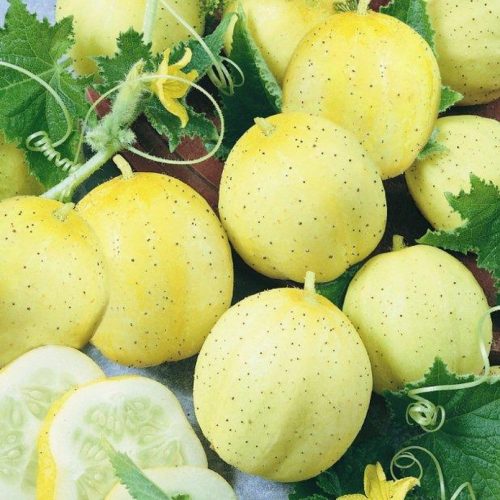
Reviews
There are no reviews yet.